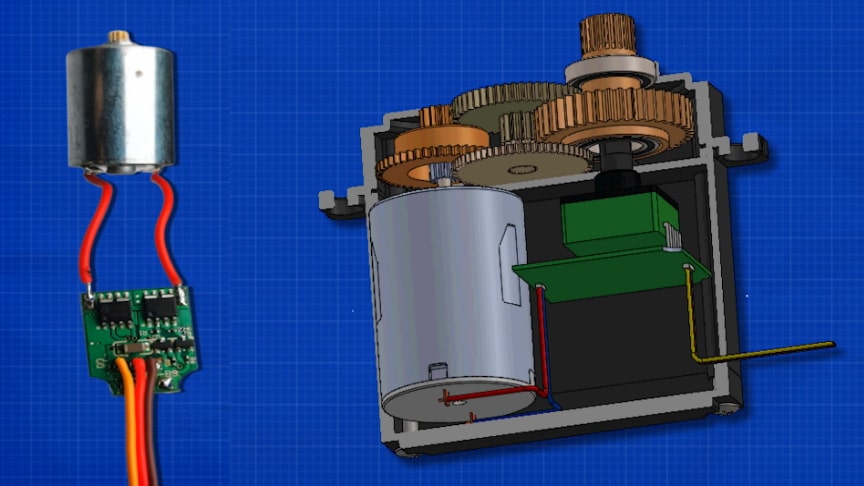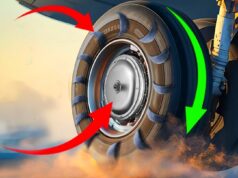A servo motor is an electromechanical device that produces torque and velocity based on the supplied current and voltage.A servomotor is a rotary actuator or linear actuator that allows for precise control of angular or linear position, velocity and acceleration.It consists of a suitable motor coupled to a sensor for position feedback.
source/image: The Engineering Mindset
It also requires a relatively sophisticated controller, often a dedicated module designed specifically for use with servomotors.The input to its control is a signal (either analogue or digital) representing the position commanded for the output shaft.
The motor is paired with some type of position encoder to provide position and speed feedback. In the simplest case, only the position is measured. The measured position of the output is compared to the command position, the external input to the controller.
Advertisement
If the output position differs from that required, an error signal is generated which then causes the motor to rotate in either direction, as needed to bring the output shaft to the appropriate position. As the positions approach, the error signal reduces to zero and the motor stops./wikipedia











